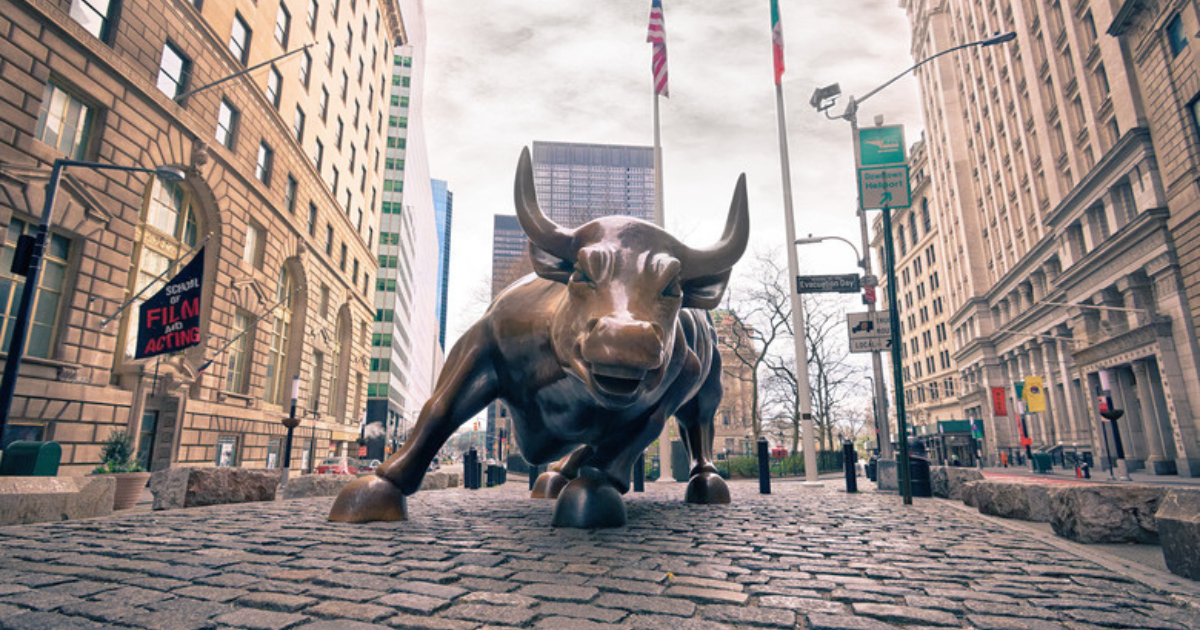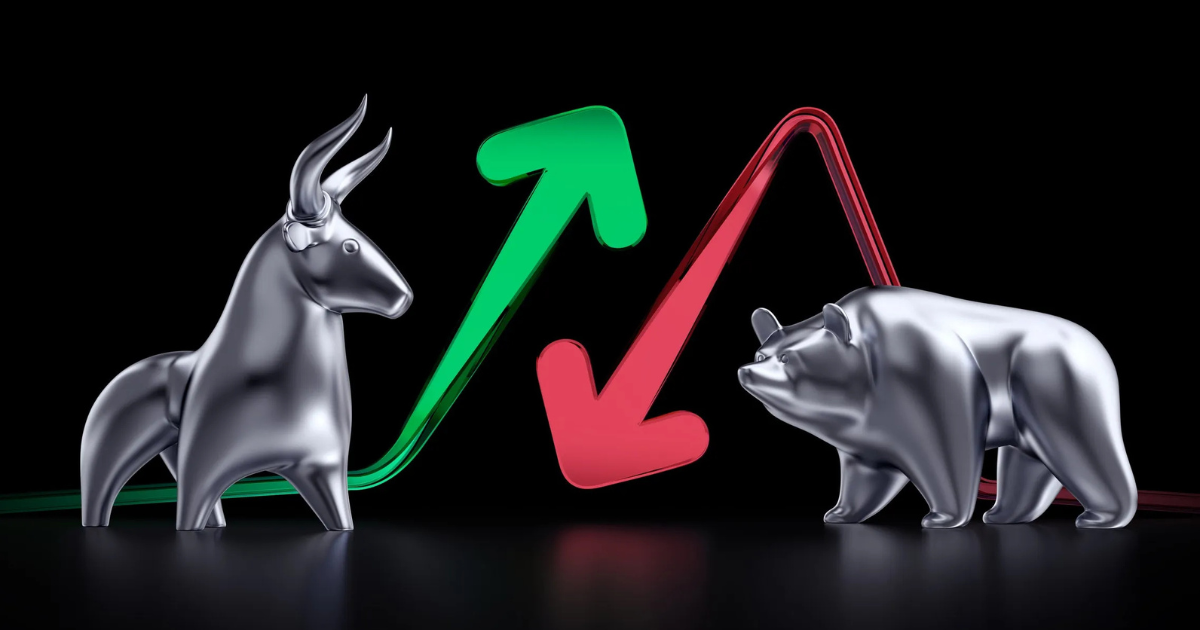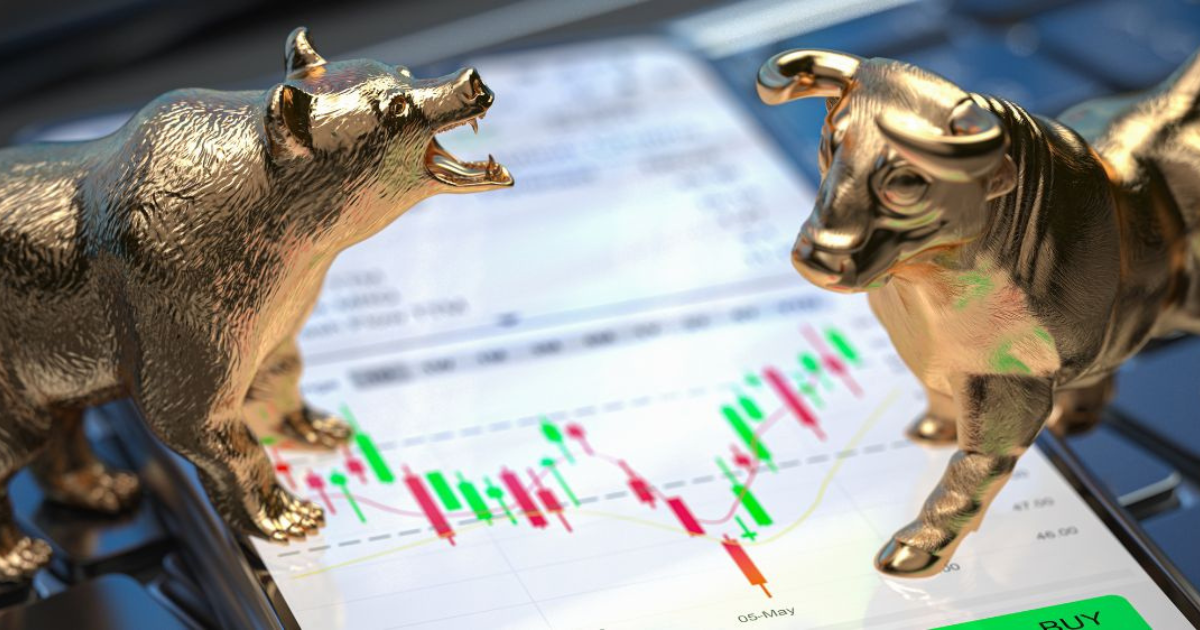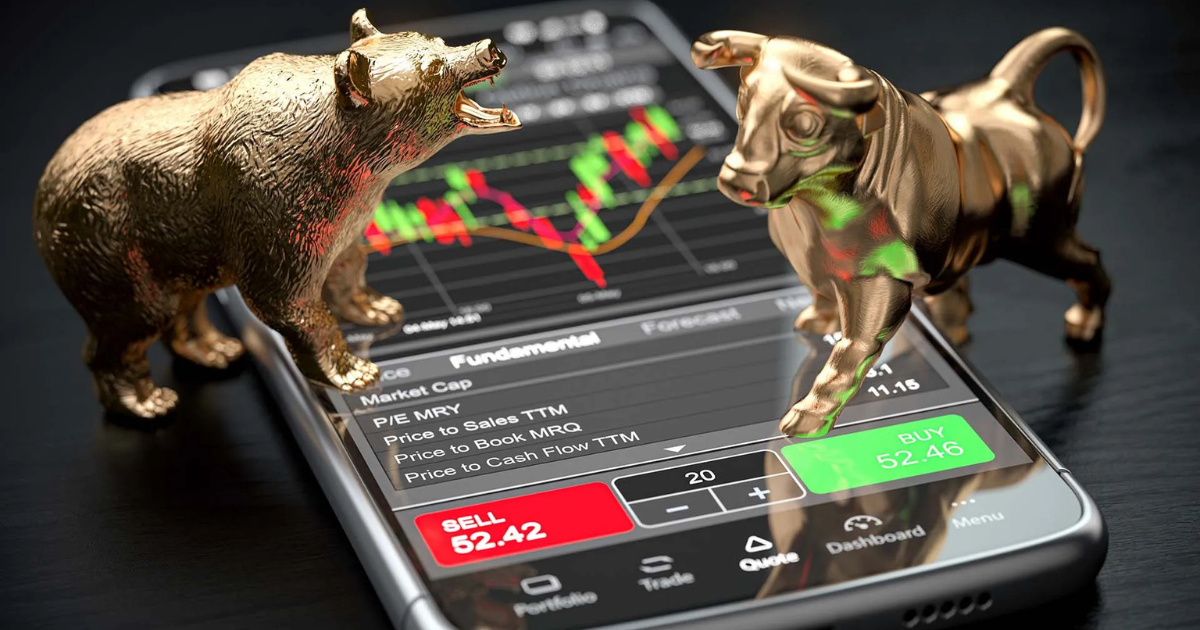The stock market has its own language, often represented by animal metaphors. The two most commonly used terms are “bull market” and “bear market.” These terms help investors understand the market trends and make informed financial decisions. Let’s explore what these terms mean and how they can impact your investment decisions.
Key-Takeaways:
- A bull market is when stock prices rise and there is an optimistic investor sentiment, whereas a bear market is a 20 percent drop in the prices of stocks followed by a pessimistic outlook.
- Bear markets typically last longer (around 19 months) and result in greater losses compared to bull markets, which average around 3 years in duration.
- Emotional investment decisions made during both market phases often undermine long-term financial success.
- Dollar-cost averaging and diversification are effective strategies in both bull and bear markets.
What Is a Bull Market?
 A bull market occurs when stock prices are rising steadily. At this time, market indexes such as the S&P 500 continue upward momentum. Investor sentiment becomes optimistic, and company valuations tend to increase. The term “bull” comes from the way bulls attack, thrusting their horns upward.
A bull market occurs when stock prices are rising steadily. At this time, market indexes such as the S&P 500 continue upward momentum. Investor sentiment becomes optimistic, and company valuations tend to increase. The term “bull” comes from the way bulls attack, thrusting their horns upward.
Bull markets generally last longer than bear markets and typically last about 3.5 years. In the past, bull markets have almost always been profiled with median price increases near 87 percent. One reason is it tend to last longer today is the overall long-term growth trend of the stock market.
What Is a Bear Market?
 A bear market is defined as a drop of 20% or more from recent market highs. This significant drop signals investor pessimism and uncertainty about economic conditions. The term “bear” refers to how bears attack by swiping their paws downward.
A bear market is defined as a drop of 20% or more from recent market highs. This significant drop signals investor pessimism and uncertainty about economic conditions. The term “bear” refers to how bears attack by swiping their paws downward.
However, on average, bear markets last about 19 months, but they can be shorter or longer. Historically, it had median declines of about 33%. Although challenging, bear markets are a normal part of the investment cycle.
Key Differences Between Bull and Bear Markets
 Confident and optimism characterize bull markets. During these periods more people invest in an attempt to profit from rising prices. Rising demand from investors drives prices even higher and creates a positive feedback loop.
Confident and optimism characterize bull markets. During these periods more people invest in an attempt to profit from rising prices. Rising demand from investors drives prices even higher and creates a positive feedback loop.
Bear markets are often accompanied by fear and caution. In the event that investors sell shares to avoid further losses, the share value decreases. This selling pressure lowers prices, but that in turn encourages selling. When the market sentiment is pessimistic and when investors become cautious in taking risks, this results in a negative correlation between stock prices and gold.
Often a bull market will come with strong economic conditions. Usually, rising stock prices are accompanied by low unemployment, rising wages, and healthy consumer spending. With that, the relationship works in reverse: an economy up means the stock is up, and vice versa.
Often, in bear markets, there is an economic slowdown too. Unemployment and businesses in trouble translate into investors being less convinced that profits will be bright in the future. However, not all of it signals a recession: about 75% of bear markets have been followed by one.
Smart Investment Strategies for Both Markets
 The investments can sometimes be poor because of fear and greed. During bear markets, the continuous panic selling seizes the opportunity for recovery. Tremendous enthusiasm, or at least the belief that a stock is priced too high, can result in buying overpriced stocks during bull markets. Decide on the basis of research as opposed to emotions.
The investments can sometimes be poor because of fear and greed. During bear markets, the continuous panic selling seizes the opportunity for recovery. Tremendous enthusiasm, or at least the belief that a stock is priced too high, can result in buying overpriced stocks during bull markets. Decide on the basis of research as opposed to emotions.
Conclusion: Bull Market vs. Bear Market
The market cycle is a normal and basic phenomenon. There is no truth to bull markets lasting forever, nor bear markets. Once you understand these patterns, then you can develop a long-term perspective or view so that you can tolerate market volatility. One is to come up with a solid plan towards meeting your goals and stick to it through the bulls and bears.











